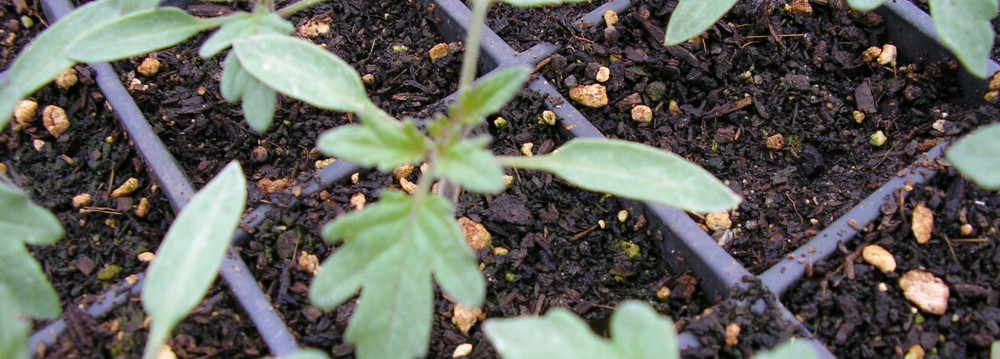Riverbend Farm Newsletter November 6, 2013
It is a beautiful snowy day. The snow in the trees against the clear blue sky is very pretty. Today is not a harvest or delivery day, and there is not much that needs doing outside. It sure feels like a day off.
We have been surprisingly busy for this time of year, selling a month’s worth (or more) veggies per week. I would much rather sell everything now than deal with freezing cold conditions putting orders together in December and January. We have lots of winter squash, potatoes, and red cabbage. The kale quit growing several weeks ago and we are just taking the top leaves off the plants.
The rye and vetch that were seeded a couple weeks ago are just starting to germinate. They will need a little warm sunny weather to emerge. If they don’t make it this fall, they will come up in the spring. There is just a little field work left to do. A few sandbags and some row cover need to be picked up. Our neighbor Norman is going to chop the sorghum green manure crop once he gets all his corn harvested. And there are some black turtle beans that I would like to harvest.
Jacob and Andrew went out to Brookings to plant garlic last week. They had enough dry days to till up their soil and get started planting. It took them a day and a half to shell out all the garlic cloves they had saved for seed. Planting took longer than usual because they didn’t have any help. Not to mention that Andrew sprained his ankle and had to crawl down the rows to plant. In all they planted about half an acre.
Jordan was off last week getting things ready to start up his farm down in Fillmore County. He spent a lot of time getting his greenhouse set up. That left just Noelle and me to do the orders on Thursday. It wouldn’t have been a problem if we didn’t have a month’s worth of orders on that one day. Amelia was able to come over and help out. It made for a long day, but we did get everything done. This was a problem worth having.
This week we had another good day on Monday, but Jordan was back so it was much easier. The only complication was that people have started ordering coarse cornmeal in large quantities and the drive pin for my mill sheared off.
It has taken a couple years to get the milling process fine tuned to produce the maximum yield of finely ground corn. Less than 20% of it comes out as coarse so it was pretty easy to outstrip the production once people started ordering it. The mill came with two sets of burrs, a fine and a coarse. With a little fiddling the coarse burrs will produce about 50% coarse cornmeal. The flour portion of the kernel shatters into a powder no matter how the mill is set.
Harvesting the black turtles has been a little more involved that I would have liked. The bean plants are kind of viney and don’t hold the pods off the ground very well. Straight combining them loses about half of the beans. I bought some Gaterman Crop Lifters, little flexible fingers that slide along the ground and lift the beans so they will go into the combine. Very slick.
I hadn’t made one round when the lifters dug in and bent the sickle bar and the lip of the combine head. Until that happened, I think that I was missing only about a third to a quarter of the beans. With the sickle bar mangled and the front lip of the head rolled under, combining came to an end very quickly.
Not wanting to let a thousand pounds or more beans go to waste the only remaining option was to pull the beans by hand and throw them into the combine, well, thresher now. Noelle and I pulled out six rows and forked them into the thresher. It did a very nice job. Not a lot of splits and the six rows produced about 250 pounds of relatively clean beans.
Yesterday the beans were still too wet from the rain to thresh them. With snow coming in, Noelle, Jordan, and I pulled up another half a dozen rows and stashed them in the greenhouse to dry a little. A couple sunny days in the greenhouse and they will be ready to thresh.
I’m hoping to get more of the beans out of the field, but the window of opportunity is closing on that. We will have to get them out in the next week or so or lose them. It will take a few sunny dry days in a row to make it happen.
The seed saving project continues. Yesterday Jordan and I dug up several hundred kale and cabbage plants that will be stored in the root cellar until spring. Then they will be transplanted back into the field to produce seed for crops in 2015.
I’m very encouraged by the results from this year’s seeds. One noteable case was the misato rose radishes. The row of saved seed had much bigger and healthier leaves than the purchased seed. Many of the roots were the size of a softball. The purchased seed made a few roots that were the size of a base ball. It was surprising to see the difference in just one generation.
Currently we have a stack of crates with pepper, eggplant, and zucchini seeds drying in our living room by the fire. I’ll work on packaging up the dry seeds later today. It is pretty pleasant work, sitting by the fire.
Greg
